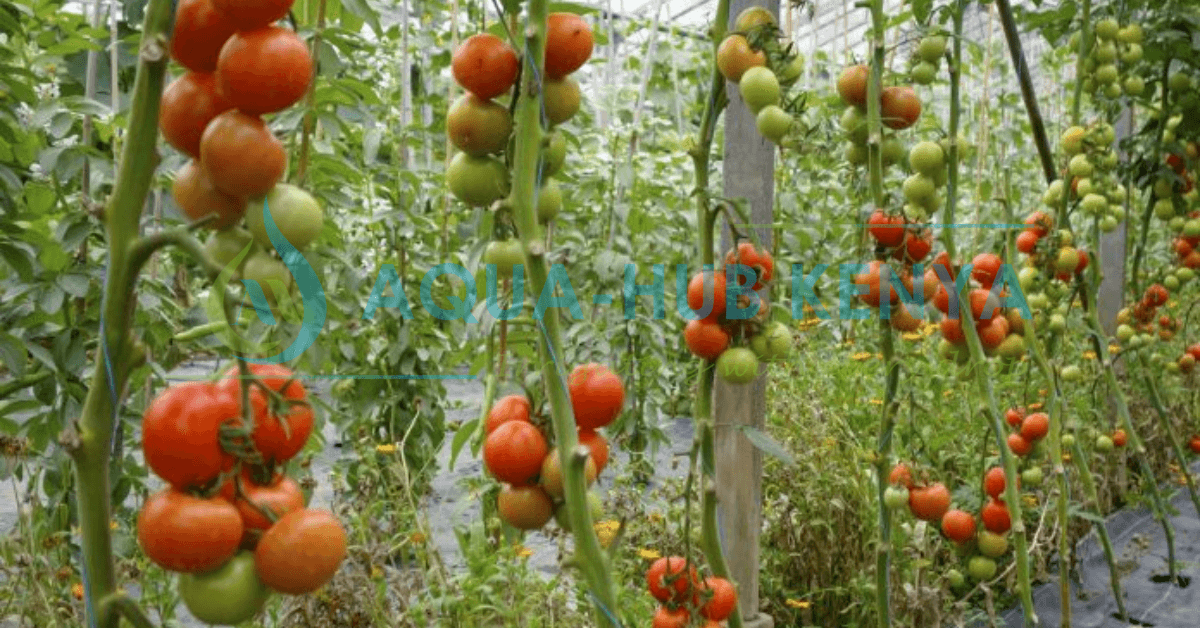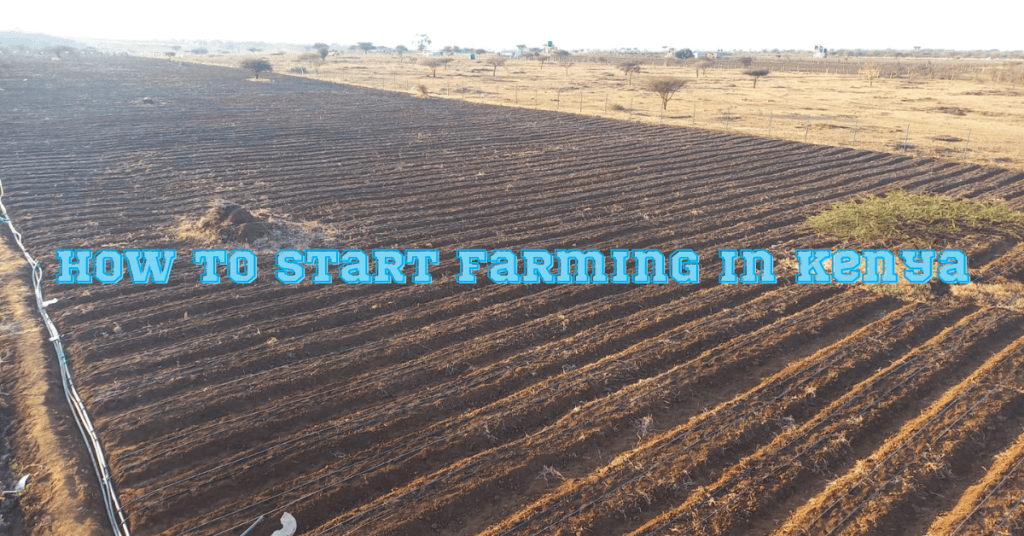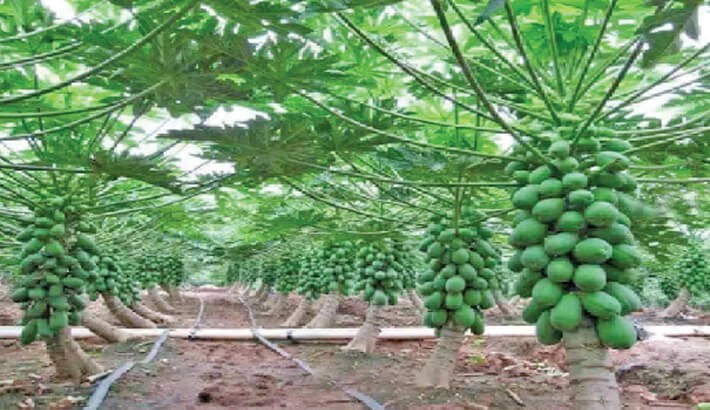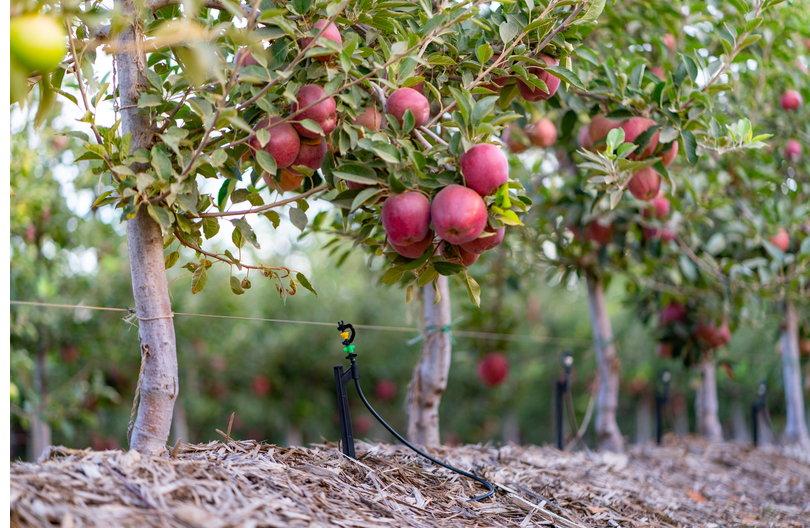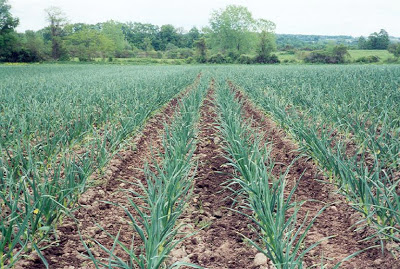Tomato farming in Kenya is vital to supplying domestic and nutritional food needs. Both Kenya’s rural and urban people benefit from the production of income and jobs as a result. However, growing tomatoes can occasionally be very difficult. Due to this complex of insect pests and diseases, farmers can experience crop losses of up to 80–100% year. Understanding and being aware of the difficulties faced by Kenyan agriculture is crucial if farmers are to find solutions.
The accessibility of better cultivars is essential for productive tomato (Solanum lycopersicum) cultivation. These are organisms that can survive environmental forces, both biotic and abiotic. The potential that can be explored to further tomato breeding initiatives in the nation can be found by analyzing the problems in tomato breeding. Aqua Hub will help you in understanding and mitigating the different challenges facing tomato farming.
Challenges of Tomato Farming in Kenya
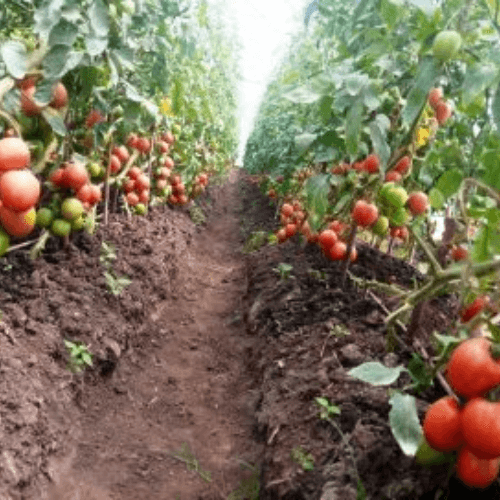
Tomato farming in Kenya can be a challenging endeavor due to a variety of factors. Some of the challenges that tomato farmers in Kenya may face include:
Pest and disease control
Tomatoes are susceptible to a variety of pests and diseases. Some of which include aphids, whiteflies, and tomato blight. These pests and diseases can significantly reduce crop yields, the controlling is not done properly.
Water availability
Tomato plants require a significant amount of water to grow and produce fruit. In Kenya, water availability can be a challenge, particularly in dry regions or during drought conditions.
Soil quality
Poor soil quality can lead to reduced crop yields. In Kenya, soil quality may be poor due to soil erosion, nutrient depletion, or low organic matter content.
Limited access to market information
Many small-scale farmers in Kenya may have limited access to market information. This can make it difficult for them to make informed decisions about what to grow and when to sell their crops.
Limited access to credit
Small-scale farmers in Kenya may have limited access to credit. This can make it difficult for them to invest in necessary inputs such as seeds, fertilizers, and pesticides.
Poor transportation infrastructure
In some areas of Kenya, poor transportation infrastructure can make it difficult for farmers to get their crops to market. This can lead to reduced profits for farmers.
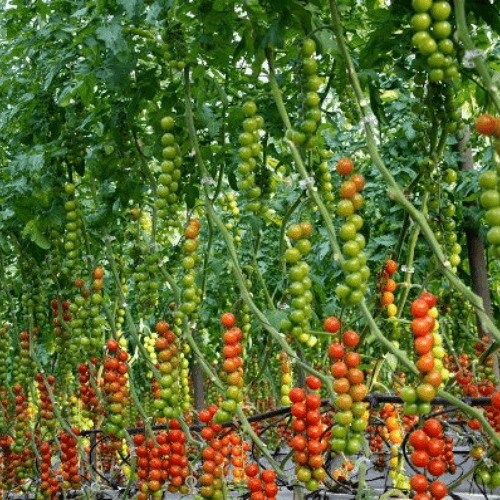
Price fluctuations
The price of tomatoes can fluctuate significantly. This can make it difficult for farmers to plan and budget for their operations.
Mistakes that tomato farmers usually make
Growing tomatoes is generally not difficult. But several difficulties arise during the growth phase. Farmers must exercise prudence and steer clear of errors if they want to minimize losses. Here are a few examples of typical errors:
Wrong variety selection
In order to succeed, one must first select the appropriate variety. The vegetative growth habit of the tomato variety is the main deciding factor. Where you plan to grow your crop is the next factor to think about. Is it a greenhouse or an open field? Pick from kinds bred especially for greenhouse cultivation if you’re growing tomatoes there. In a heated greenhouse, the warmth and humidity that encourage rapid plant growth can also be favorable to fungi, bacteria, and other plant pathogens. Choose tomato varieties that are resistant to the disease stresses that are known to impact tomatoes in your region if you are growing them in a field.
Excessive nitrogen application
Nitrogen fertilization of tomato plants can significantly enhance yields. However, too much of it causes plants to concentrate their energy on developing leaves rather than fruits. To avoid these problems, use the best tomato fertilizer or natural compost.
Not hardening tomato seedlings
Plant seedlings can respond to alterations in temperature or exposure to severe weather via hardening. Four weeks before to transplantation, the seedlings can be gradually hardened by increasing their exposure to outdoor weather. If you skip this phase, the shock of transplantation could cause your tomato plants to become stunted or even die.
Tomatoes planted in the wrong places
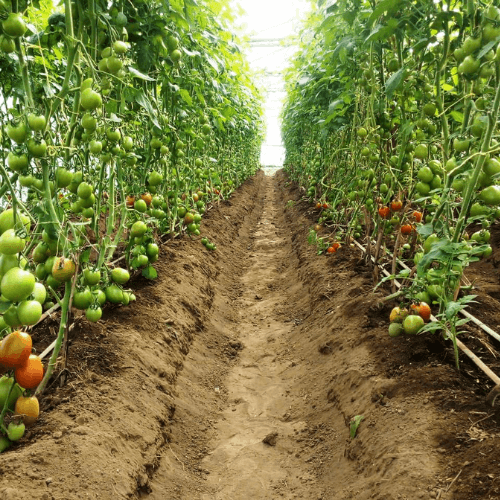
Although there are numerous locations where tomatoes can be grown, not all are ideal. Consider the weather and soil conditions. Consider the light as you choose a location. If your tomatoes are in an especially exposed place, they may be harmed by severe winds. Choose pots that are large enough to accommodate your plants if you are growing in them. Make certain that tomato demands are addressed wherever you grow them. Plant them away from other plants and away from each other. Also, don’t put them too far away from the stuff you’ll need to tend to them. Water and compost/fertilizer bins should be as close as feasible to each other.
Untimely or Inappropriate Staking
To keep tomato plants manageable and stop aggressive tomato types from outnumbering other neighboring veggies, tomato plants need to be staked or trellised. By teaching tomatoes to grow upward rather than outward, you can increase your growing space, keep your garden tidy, make harvesting simpler, and lower or eliminate disease and pest concerns brought on by tomato fruits and stems resting directly on the ground. When seedlings are in the germination stage or are very little, install supports or trellises. This will lessen the possibility of later harm to plants from putting stakes through their roots or when untangling or rerouting adult stems.

